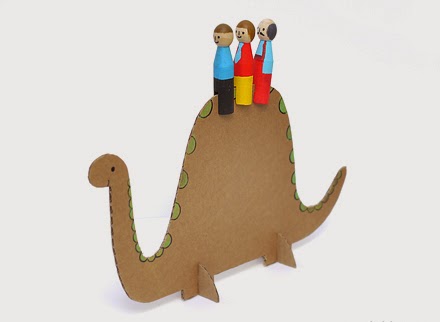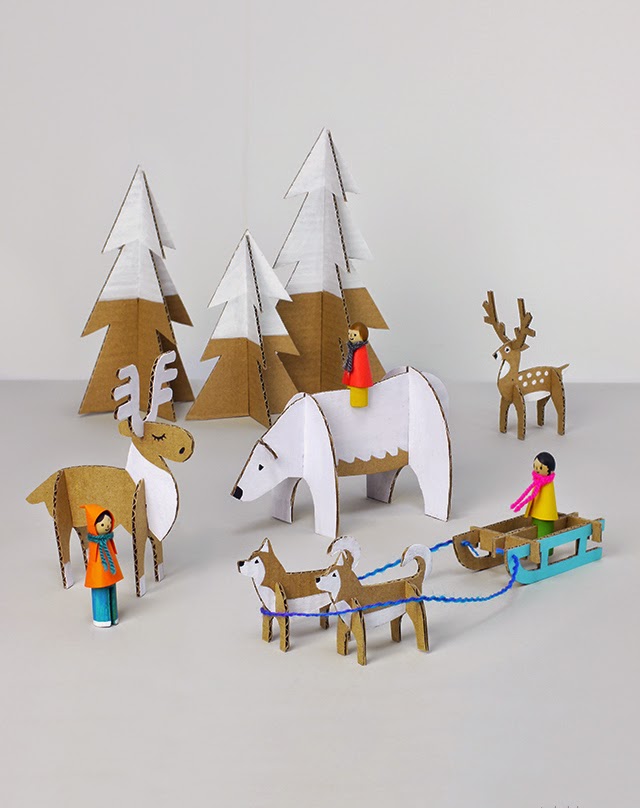India, an agrarian country & birth place to one of the earliest
civilisations, is famous for highly animated lifestyle of natives. It wont be
surprising to say, that the Indus civilization led to the birth of many tribes,
and the tribes eventually led to different tribal arts, (as an expression of
individuality through it). The tribal artist of India, paint as a part of their
celebration of life, its various cycles, & the abundance of nature.
Worli Art, roots out of the Worli Tribe of Maharashtra.,
depicting vivid elements of the native tribal lifestyle. The art initially
festooned the walls of rural community dwellings, by using rice flour paste on
the mud surface.
The modern era has been marked with the Tribal Art exploring
the contemporary mixed medias, as an advanced take on rice flour paste &
mud surface.
Different Base alternates:
1) Wall coated with Clay ; Clay – Cow Dung Mixture
(2:1)
2)
Primer/paint coated ply board
3)
Canvas ; Silk ; Cotton ; Jute
4)
Paper
5)
Terracotta pots/ plates
The ideal base color complementing the aesthetics of Worli Art
is advised to be Mud, Brown, Black & White.
While, the color of medium could be White, Brown or Black,
in accordance to the color of base.
Different Medium Alternates:
1)
Natural colors (using Kikar gum paste as
fastness fixer)
White – Chalk Powder/Rice Paste;
Brown – Coffee Bean / Neem Bark
Powder
Black - Soot
2)
Poster Color
3)
Water-proof ink
4)
Permanent Marker
5)
Acrylic Color
HOW TO MAKE A WORLI PAINTING.
1)
Select a theme, inspired from human routine
(example morning ritual etc.)
2)
Deconstruct the selected theme.
3)
Try to doodle the elements post deconstruction
(preferably free hand).
4)
Take cues from the wireframe used during Worli
painting.
5)
While being conscious about base & medium,
attempt to paint Worli figurines, predominantly highlighting the silhouettes of
the chosen elements.


















